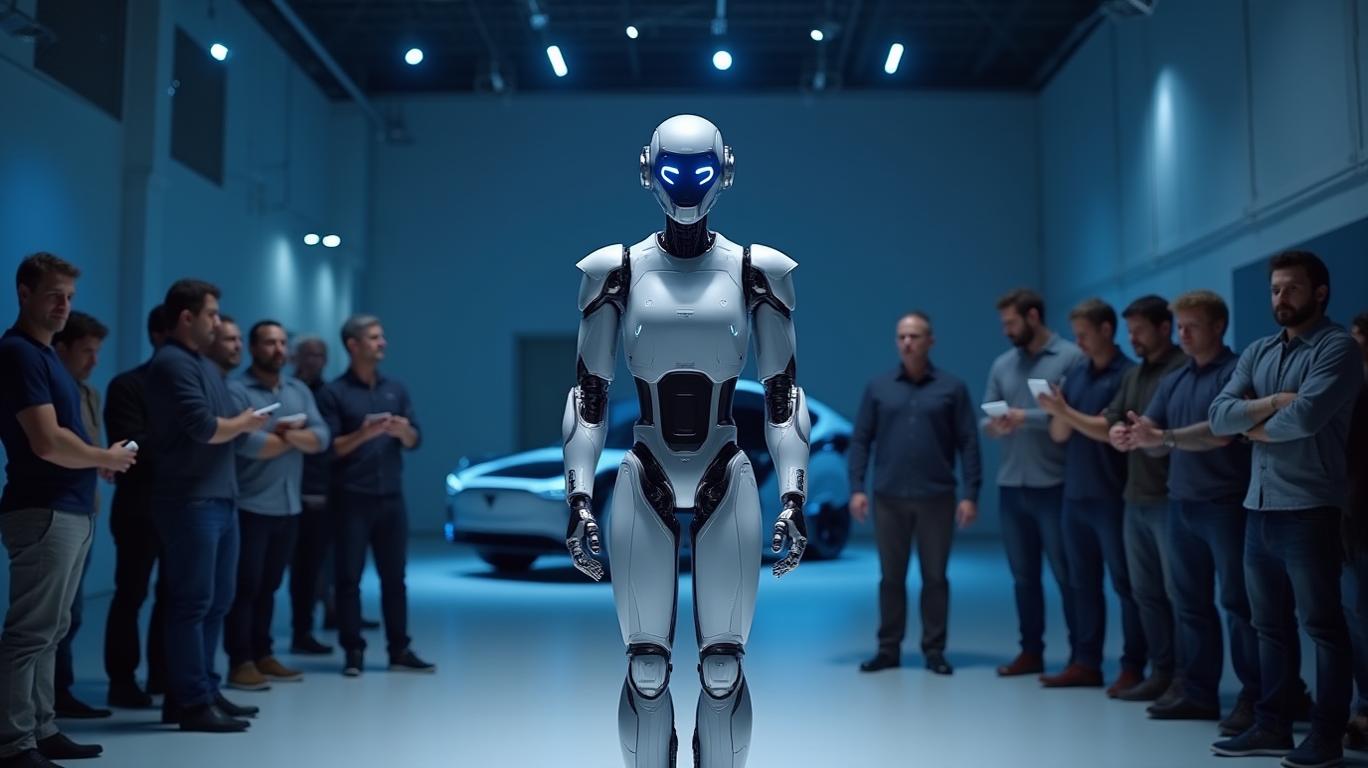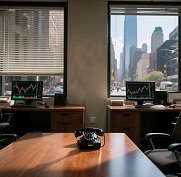Tesla's Optimus Robot Faces Skepticism Despite Progress
Chris Walti, the former head of the Optimus project at
, has cast doubt on the suitability of humanoid robots for factory work. In a recent interview, Walti argued that the repetitive and high-speed nature of industrial tasks makes humanoid robots like Optimus less practical compared to flat, panel-like robots. He suggested that the current technological level of humanoid robots is still in its early stages, likening it to the "third inning" of a baseball game, with much work still needed to reach the "ninth inning."Walti's comments come as a contrast to the optimism expressed by Tesla CEO Elon Musk. Musk has high hopes for the Optimus project, aiming to deploy thousands of these robots in Tesla factories by the end of 2025 to perform tasks such as moving and assembling parts. He also plans to start selling Optimus robots to external customers in 2026, with a target price of less than 20,000 dollars. Musk believes that the production cost of Optimus will be lower than that of a car, making it a cost-effective solution for various industries.
Despite the skepticism, Tesla has already begun testing Optimus robots in some of its factories. Recent videos show that Optimus can perform tasks such as sorting batteries and inserting trays, with a self-correcting capability. The robot's walking speed has also improved by 30% compared to last year, reaching 0.6 meters per second. These advancements indicate that Optimus is making progress in real-world applications, but there is still a long way to go before it can be widely deployed.
The debate over the future of humanoid robots extends beyond Tesla. Other automakers, such as BMW, are also exploring the use of humanoid robots in their factories. In China, companies like BYD, Xiaopeng, and NIO are conducting similar trials. The automotive industry, with its high level of automation and demand for intelligence, is a prime candidate for the application of humanoid robots. However, this does not mean that other industries can easily replicate this model.
Sergey Brin, the co-founder of Google, has also expressed reservations about the necessity of humanoid robots. During a recent Google I/O developer conference, Brin stated that he is not particularly enthusiastic about humanoid robots. He argued that machines do not need to mimic human limbs to be effective, as AI can quickly adapt to various scenarios through simulation and real-world training. Brin's perspective adds another layer to the ongoing debate about the future of robotics and automation.
Despite the criticism, Musk continues to push forward with the development of Optimus. In a recent video, he showcased the robot's latest feat: performing ballet-like dance moves without any support. Musk even joked about bringing a group of dancing Optimus robots to Tesla's annual shareholder meeting. While Musk acknowledges that Optimus is still far from its final form, his commitment to the project underscores the potential he sees in humanoid robots for various applications.
The path to widespread adoption of humanoid robots in industrial settings is fraught with challenges. The technology must overcome significant hurdles before it can be effectively integrated into factory environments. As the debate continues, it is clear that the future of robotics and automation will be shaped by ongoing advancements in technology and the evolving needs of industries worldwide.


Comments
No comments yet